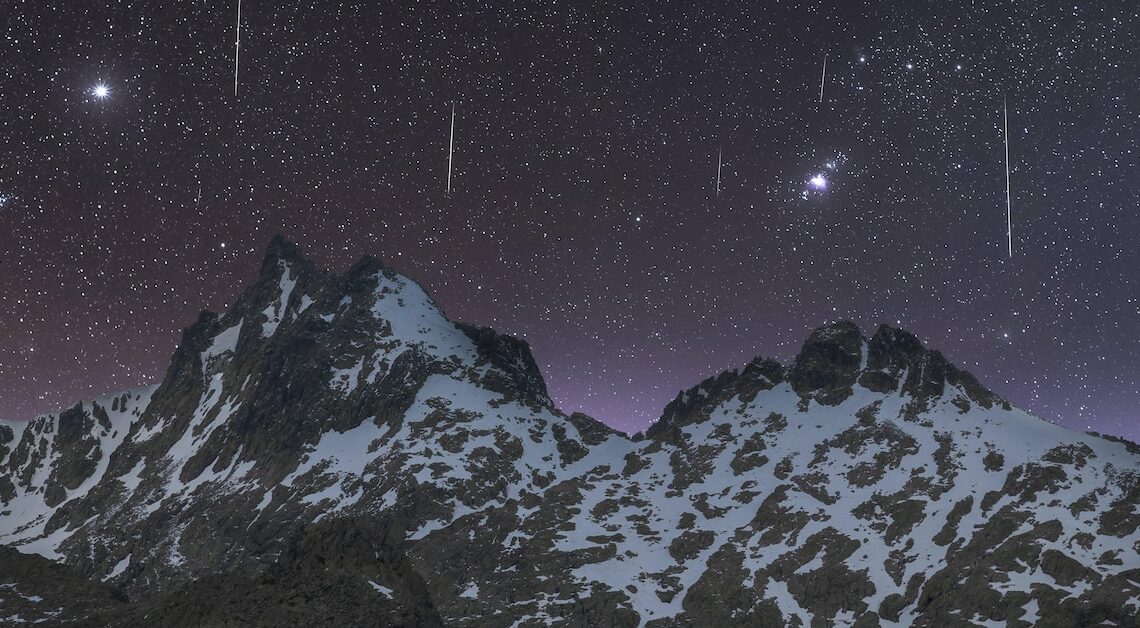
Discover the best way to view the Ursids, one of December's scenic meteor showers. Learn all about the best times and places for a perfect night of meteor viewing.
What are the Ursids? Everything about the shooting stars in December
The Ursids are an annual celestial event in which shooting stars appear to emanate from the constellation Ursa Minor. This spectacle typically occurs in December and often reaches its peak around December 22nd, when the Earth crosses the densest dust lane of comet 8P/Tuttle. The Geminids also appear in December. We will describe these in another article.
- The Ursids are caused by the comet 8P/Tuttle, whose dust particles penetrate the Earth's atmosphere and become visible as shooting stars.
- These shooting stars are named after the constellation Ursa Minor because they appear to originate from this region of the night sky.
- Although the Ursids are not as well known as other meteor showers, observers can see up to 10 shooting stars per hour on a dark, clear night.
Ursids: Tips for observing December’s shooting stars
Observing the Ursids doesn't require any special equipment, but there are some tips that will improve your chances of enjoying this natural fireworks display. The best time to observe is usually after midnight, when the point of origin of the shooting stars, the radiant, is high enough in the sky.
- Find an observation location away from urban light pollution to ensure the best viewing conditions.
- Since you will have to face a cold December night, we recommend that you dress warmly, bring a comfortable lounger or blanket and perhaps a thermos full of hot coffee. This way you can relax and gaze at the sky for a longer period of time.
- Patience is key, as it can take some time for your eyes to adjust to the darkness and for the shooting stars to become visible. Also, the concentration of sightings may be higher or lower at certain times. In any case, stay tuned!
- A star map or astronomy app can help locate the constellation Ursa Minor, from which the Ursids appear to emanate.
- Shooting stars are usually visible to the naked eye. However, if you would like to observe celestial bodies and planets at the same time, we recommend using a telescope.
- You will definitely want to capture such a special event: we will explain how to properly photograph shooting stars in another article.
One astronomical event, many occasions
The Ursids offer a wonderful opportunity to learn more about astronomy and to spark interest in the wonders of the universe. Observing shooting stars can also be a romantic or family occasion to spend time together under the stars. If you have children, this may be a first window into the exciting world of science.
- Meteor showers like the Ursids are a great introduction to amateur astronomy and can encourage interest in further sky observation. In the summer, for example, you can also encounter the Leonids.
- Observing shooting stars together can become a traditional event that creates a magical atmosphere, especially during Advent.
- For children, watching shooting stars is an exciting and educational experience that can strengthen their understanding of science.
- The Ursids can provide the opportunity for profound conversations about the universe and our place in it, and thus offer more than just visual impressions.
